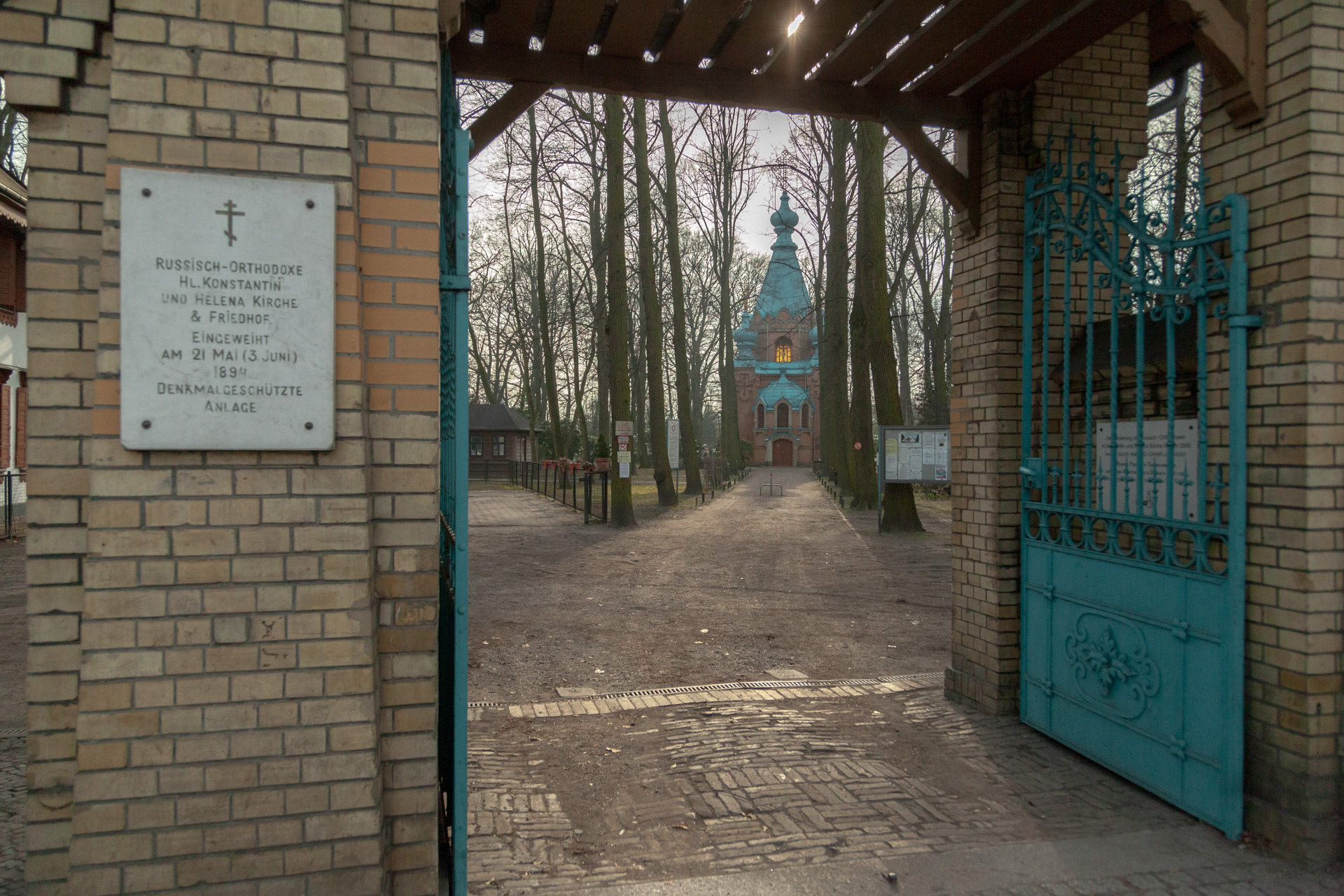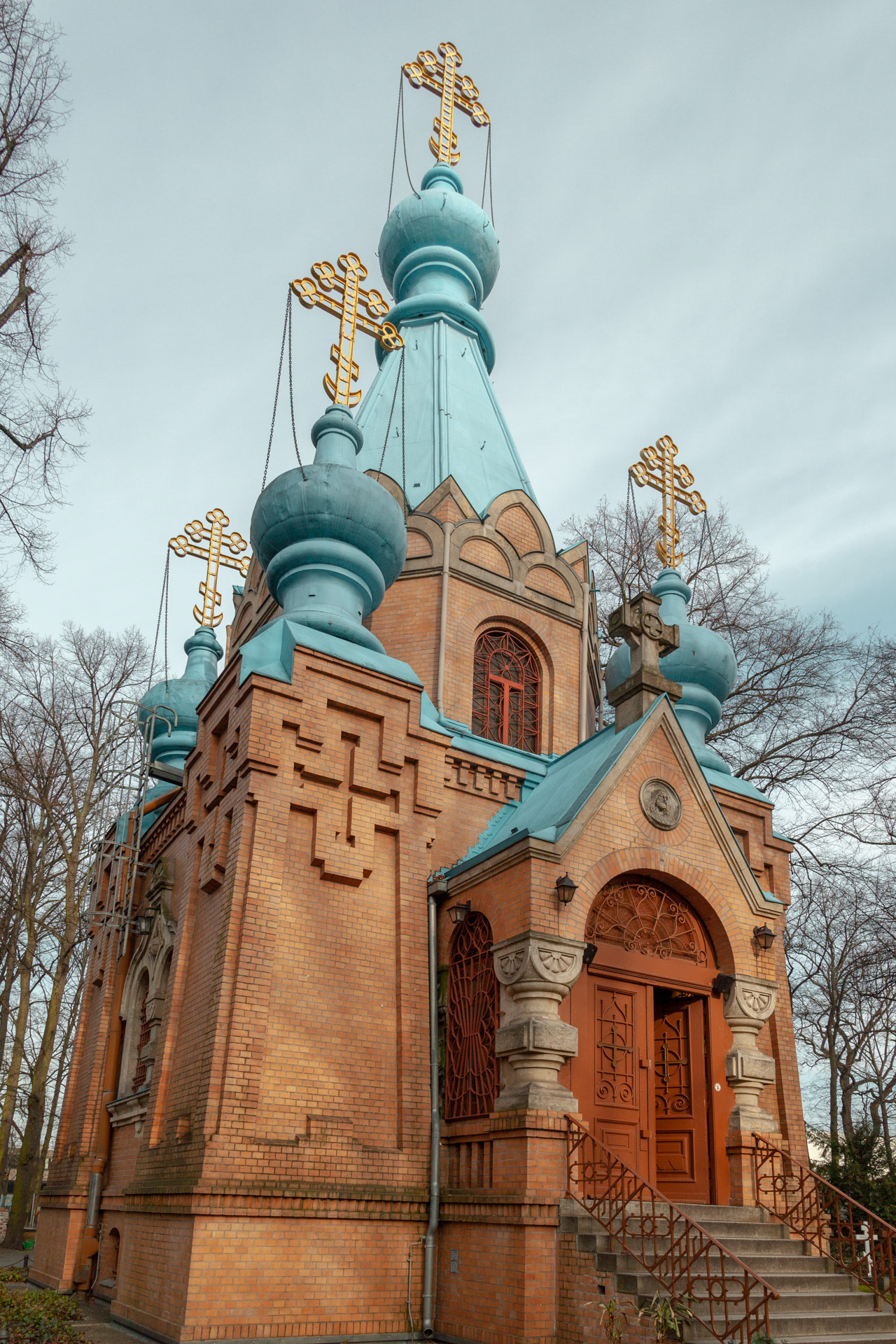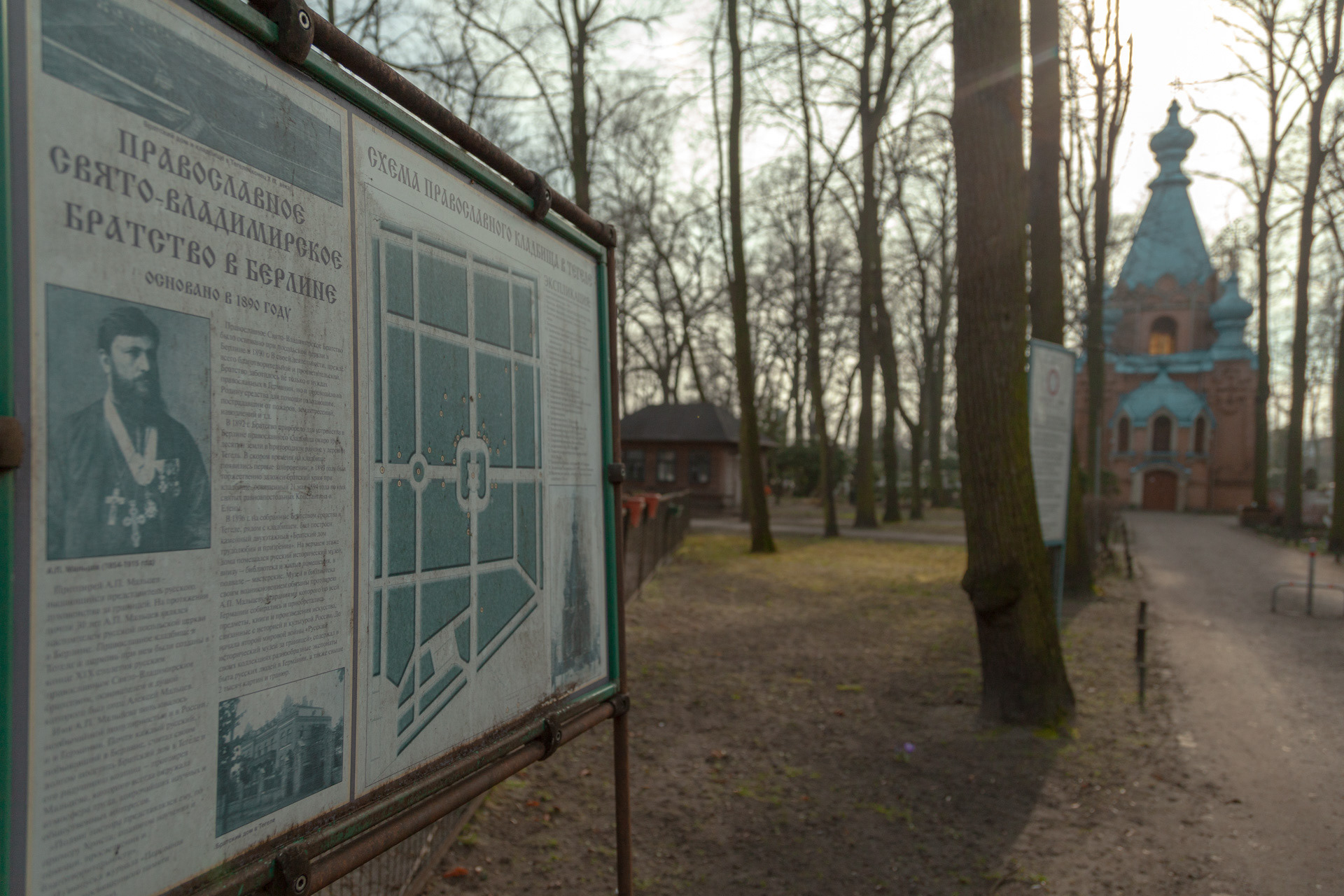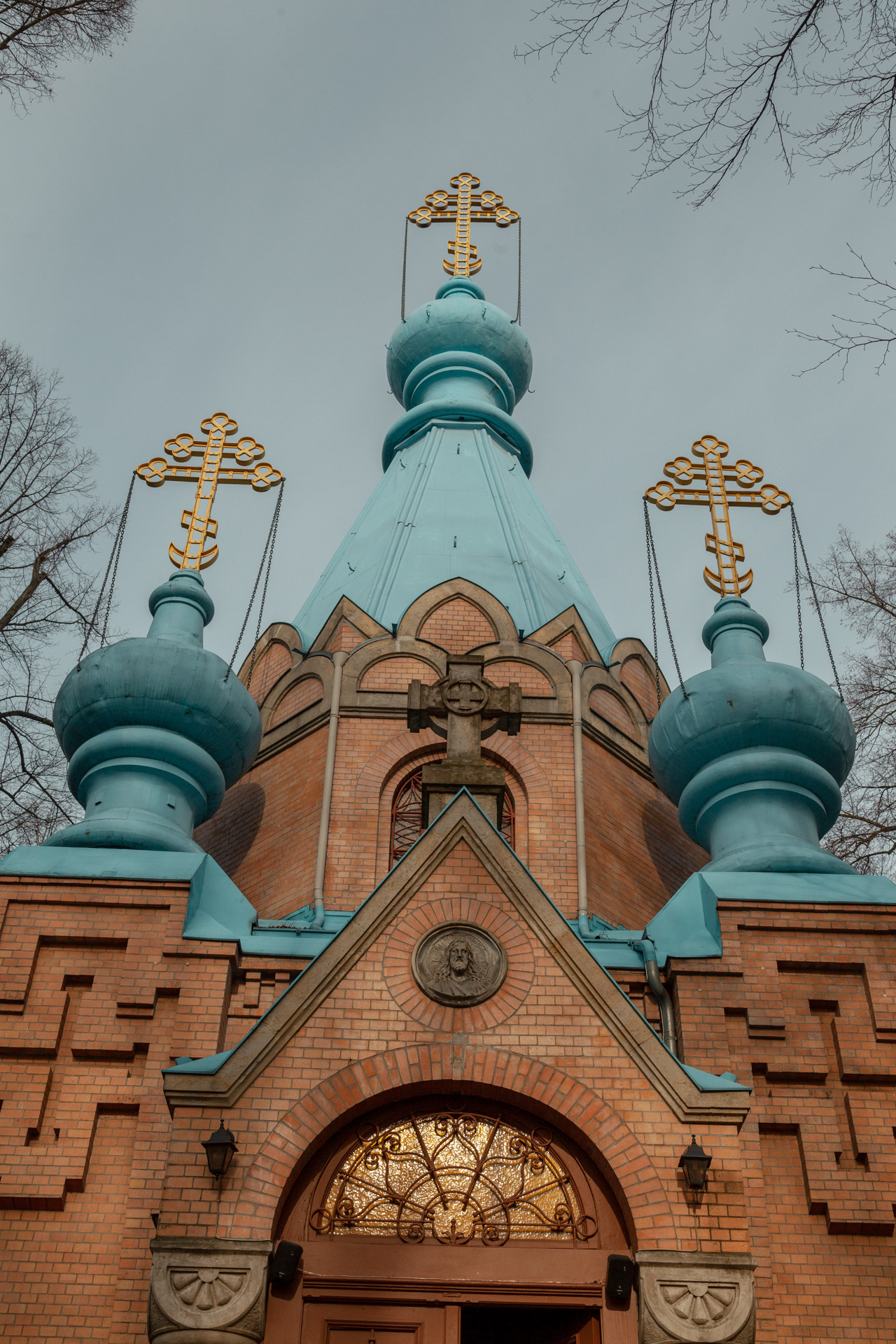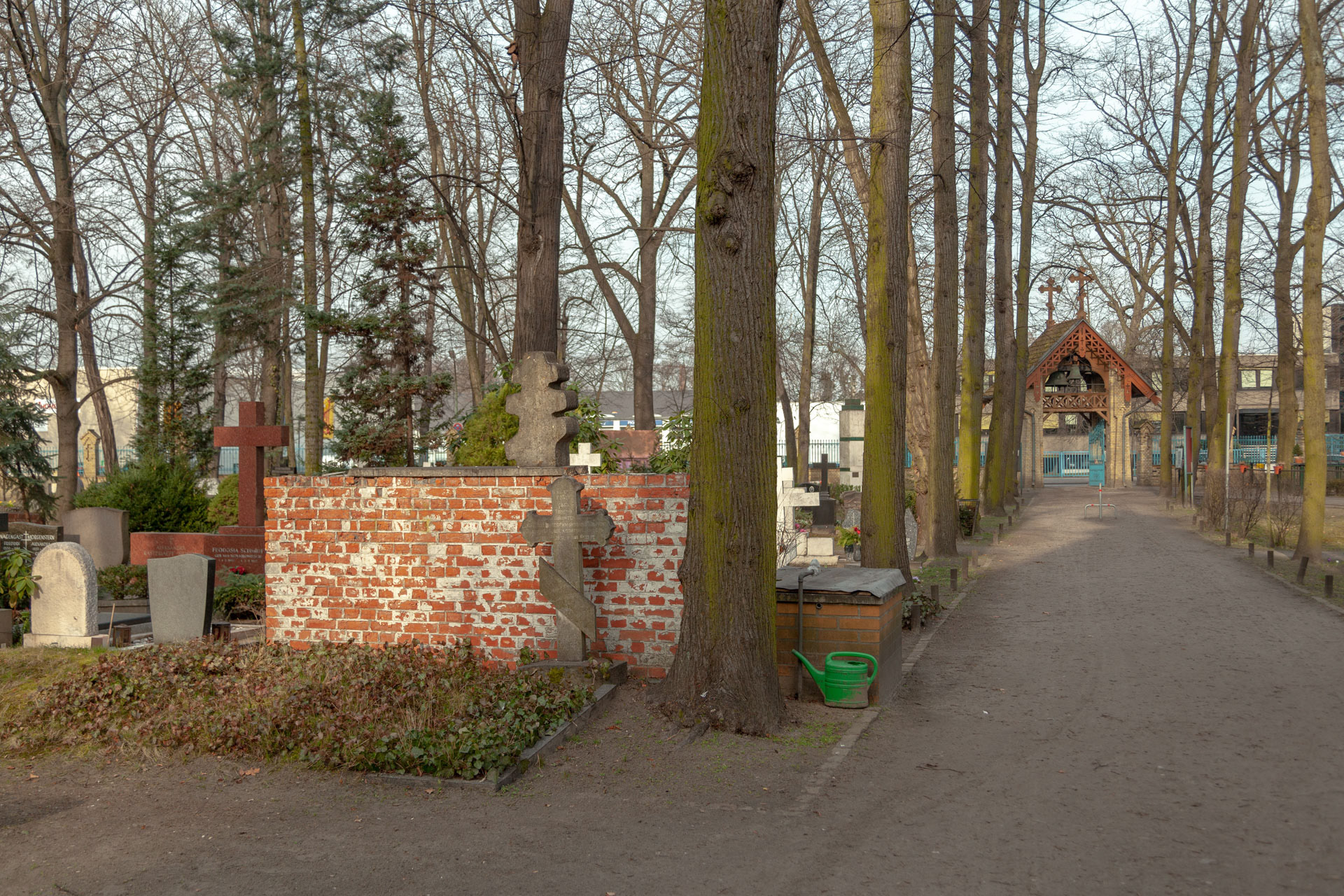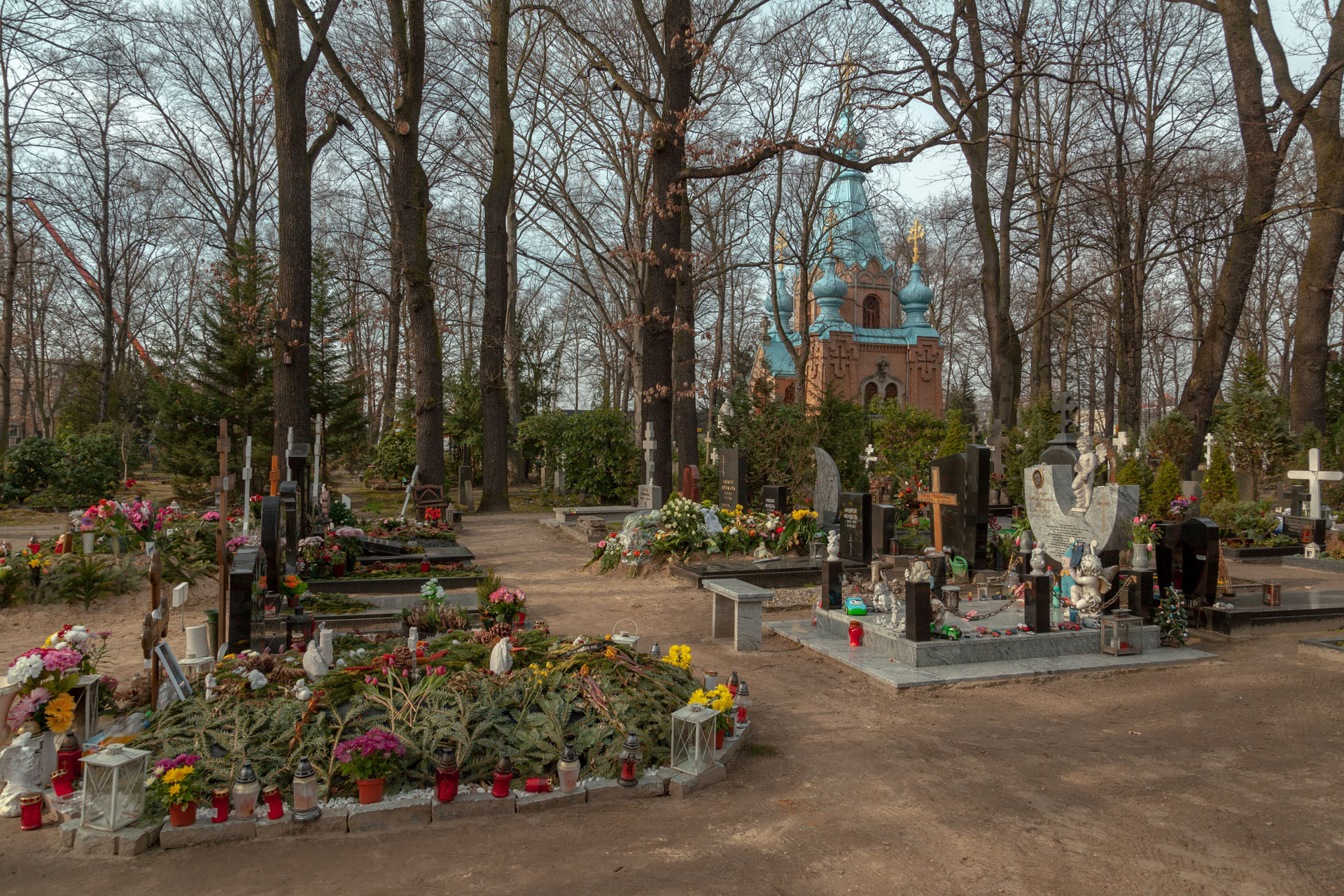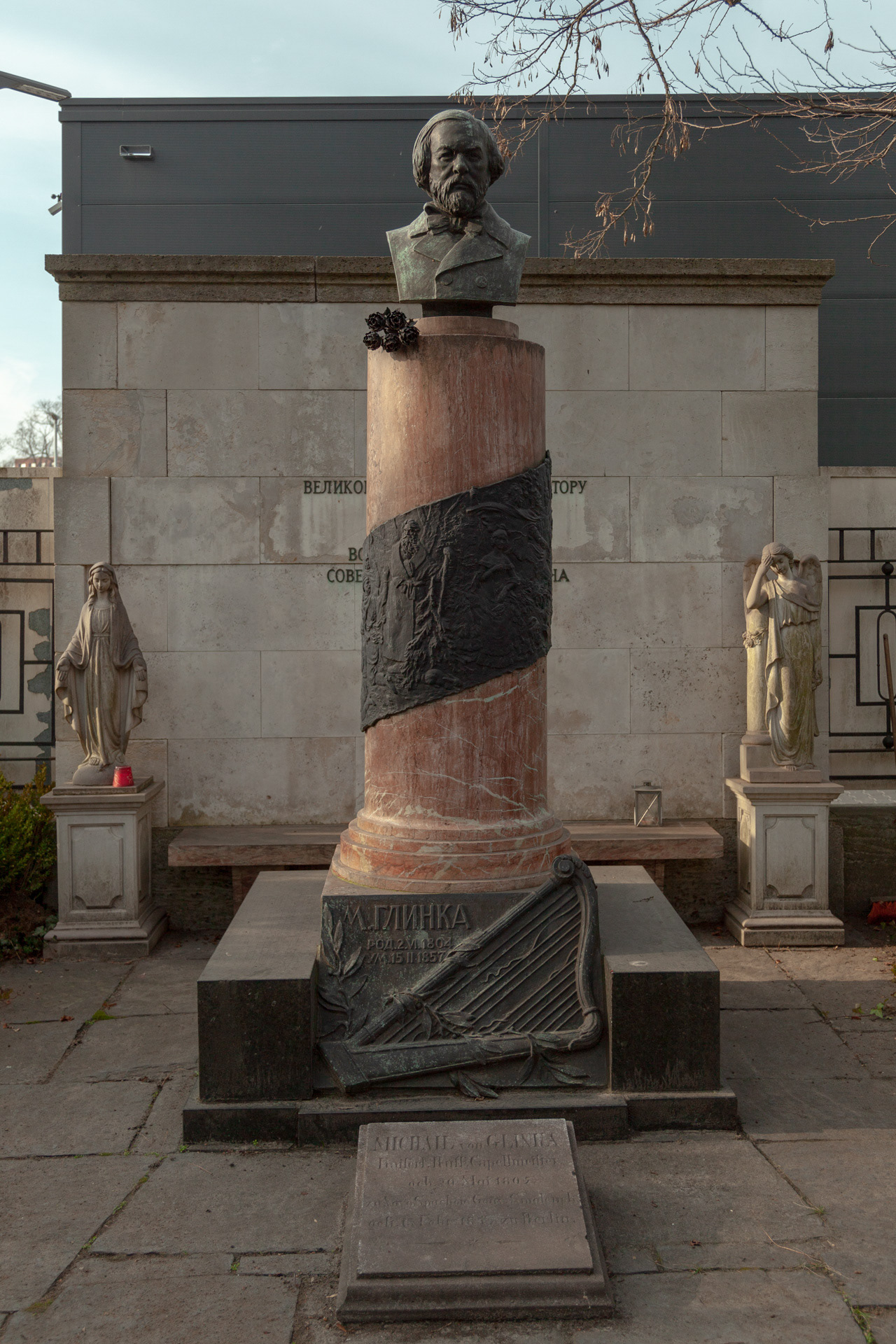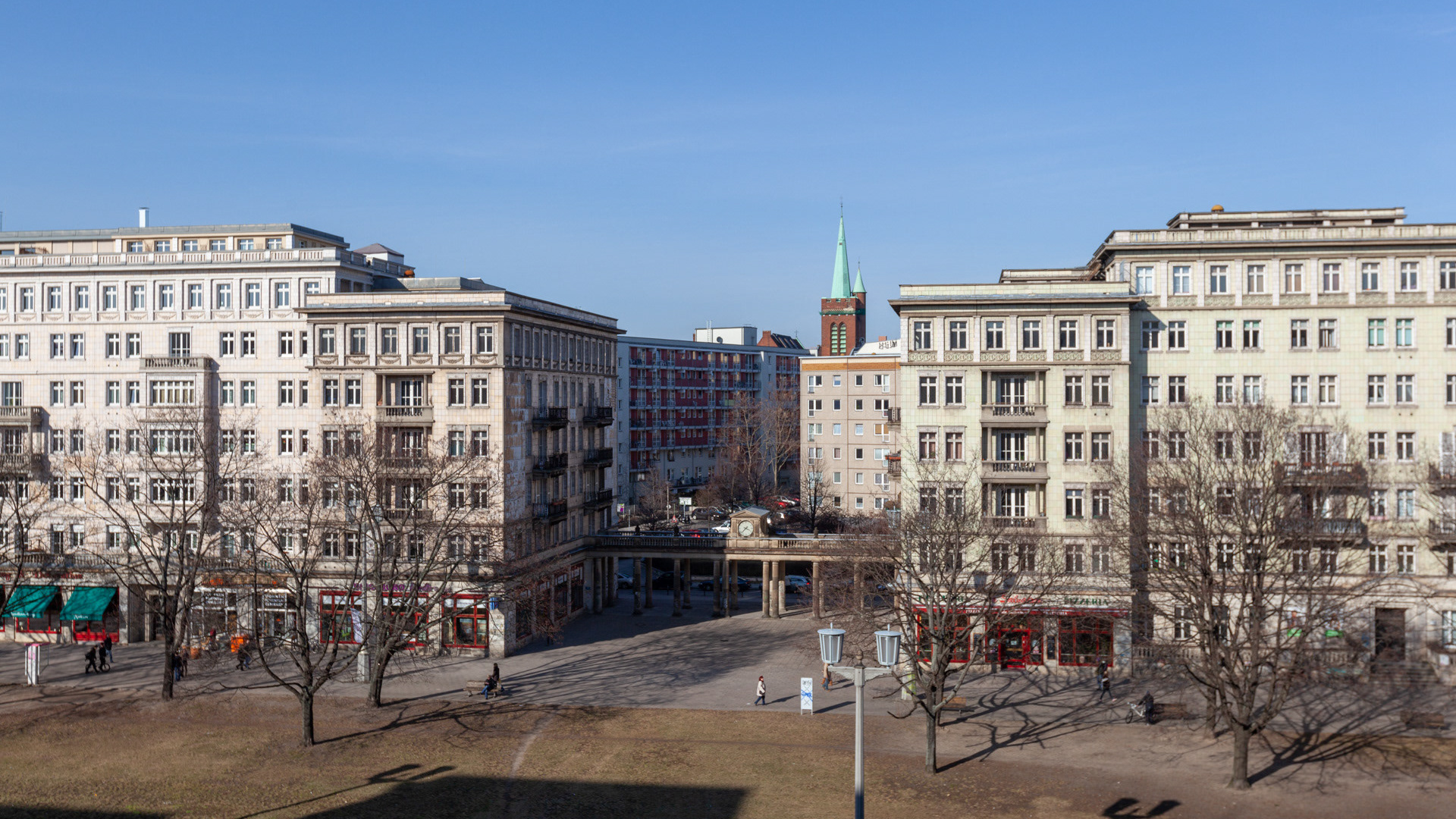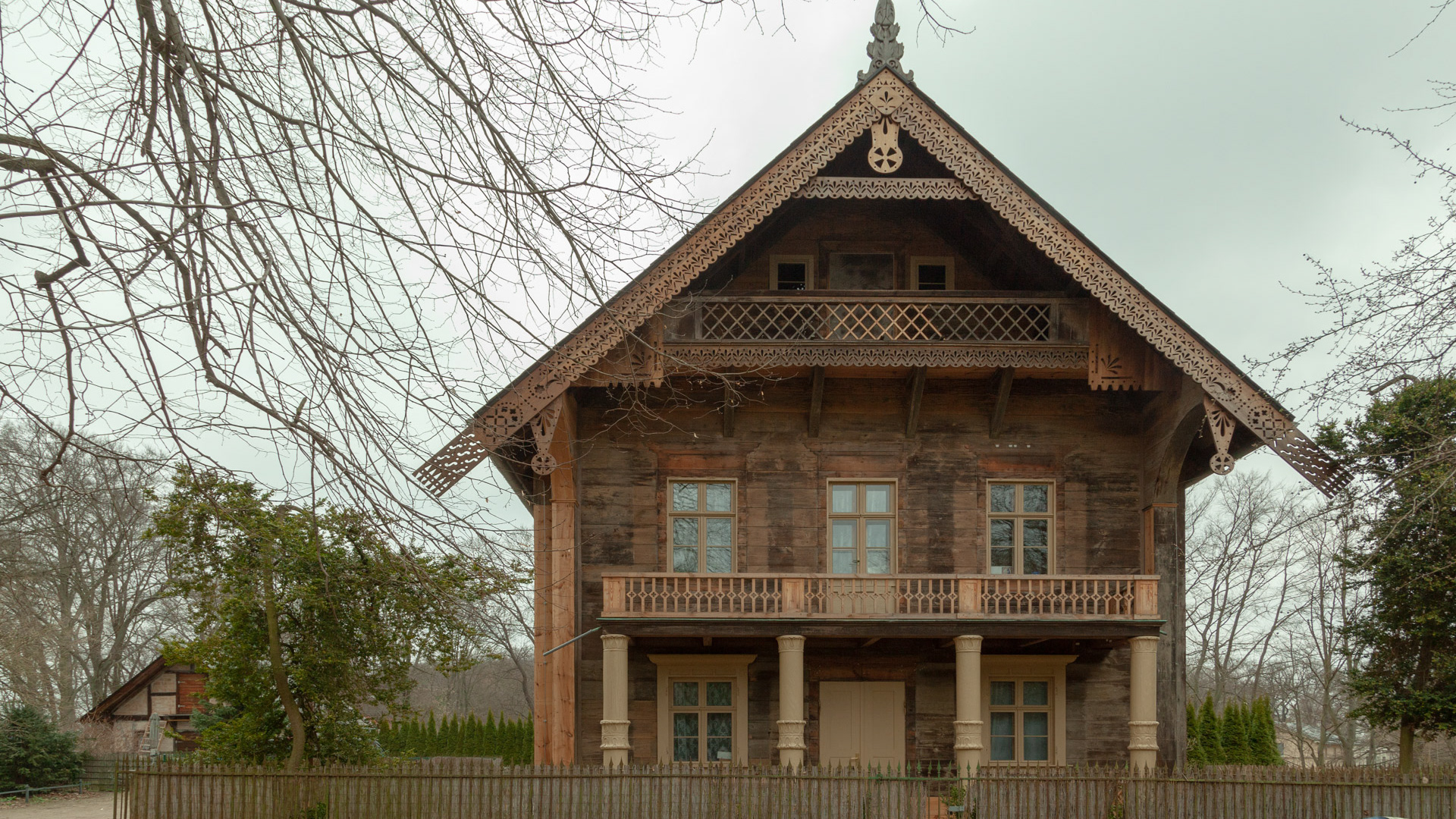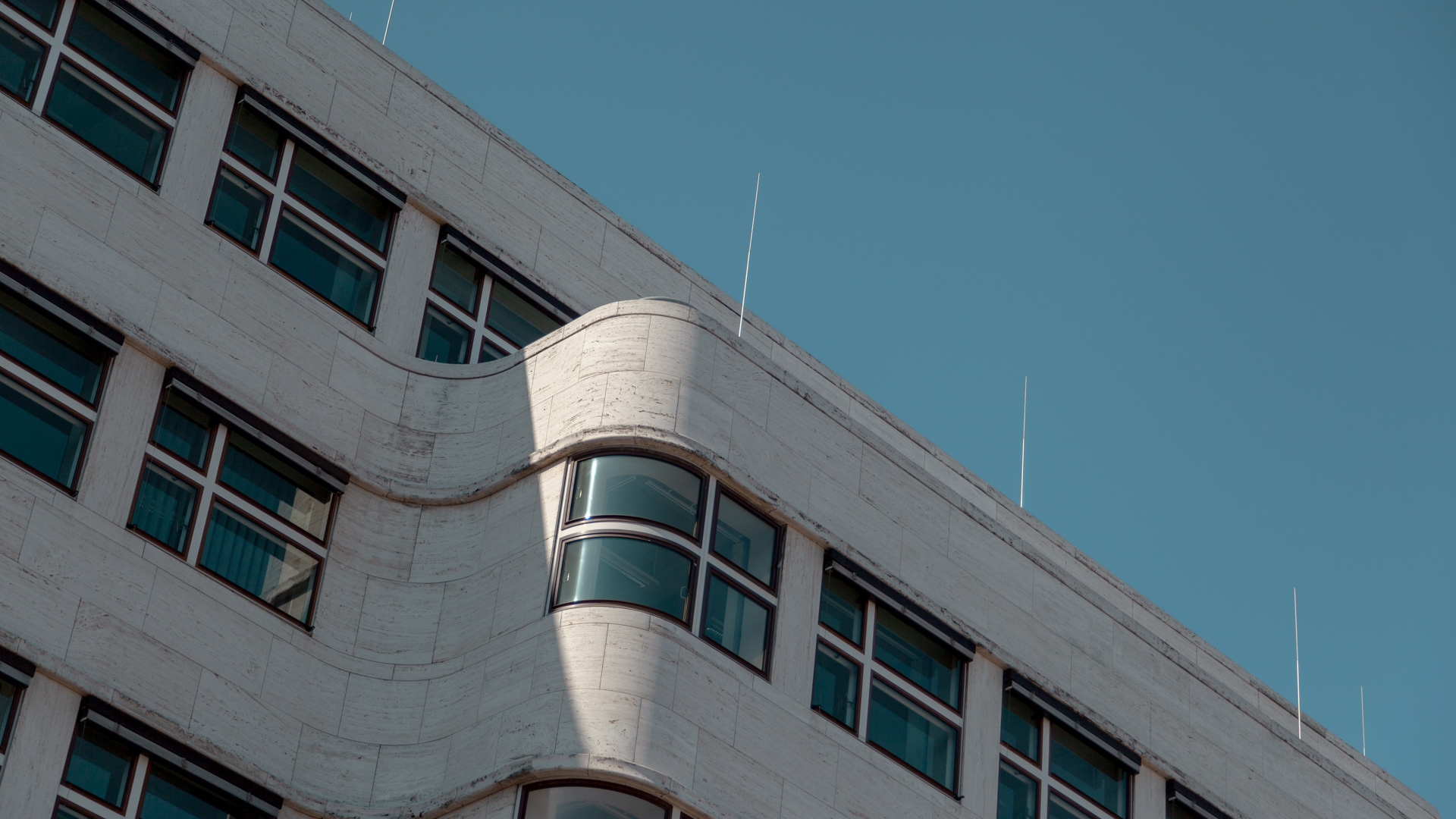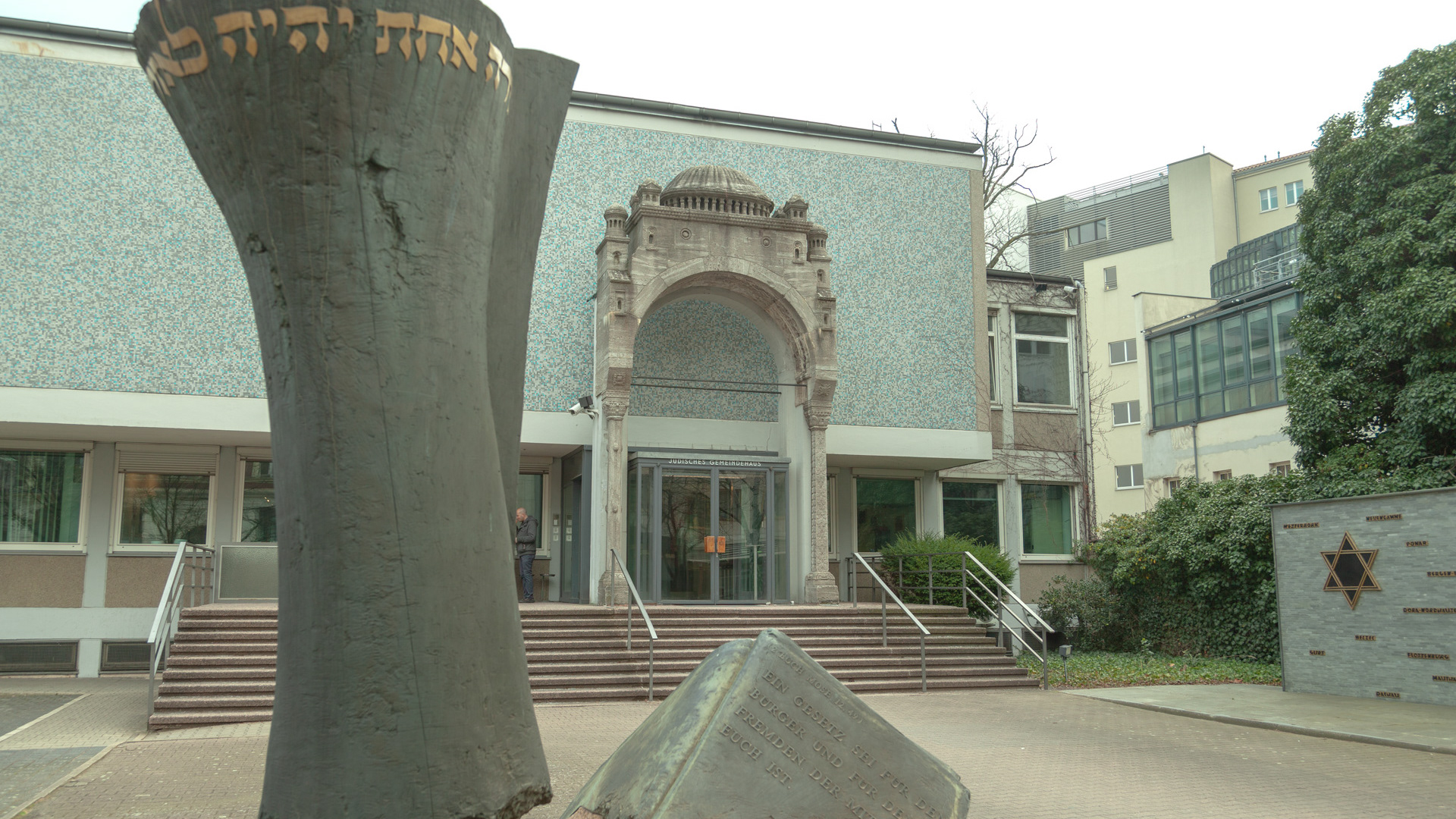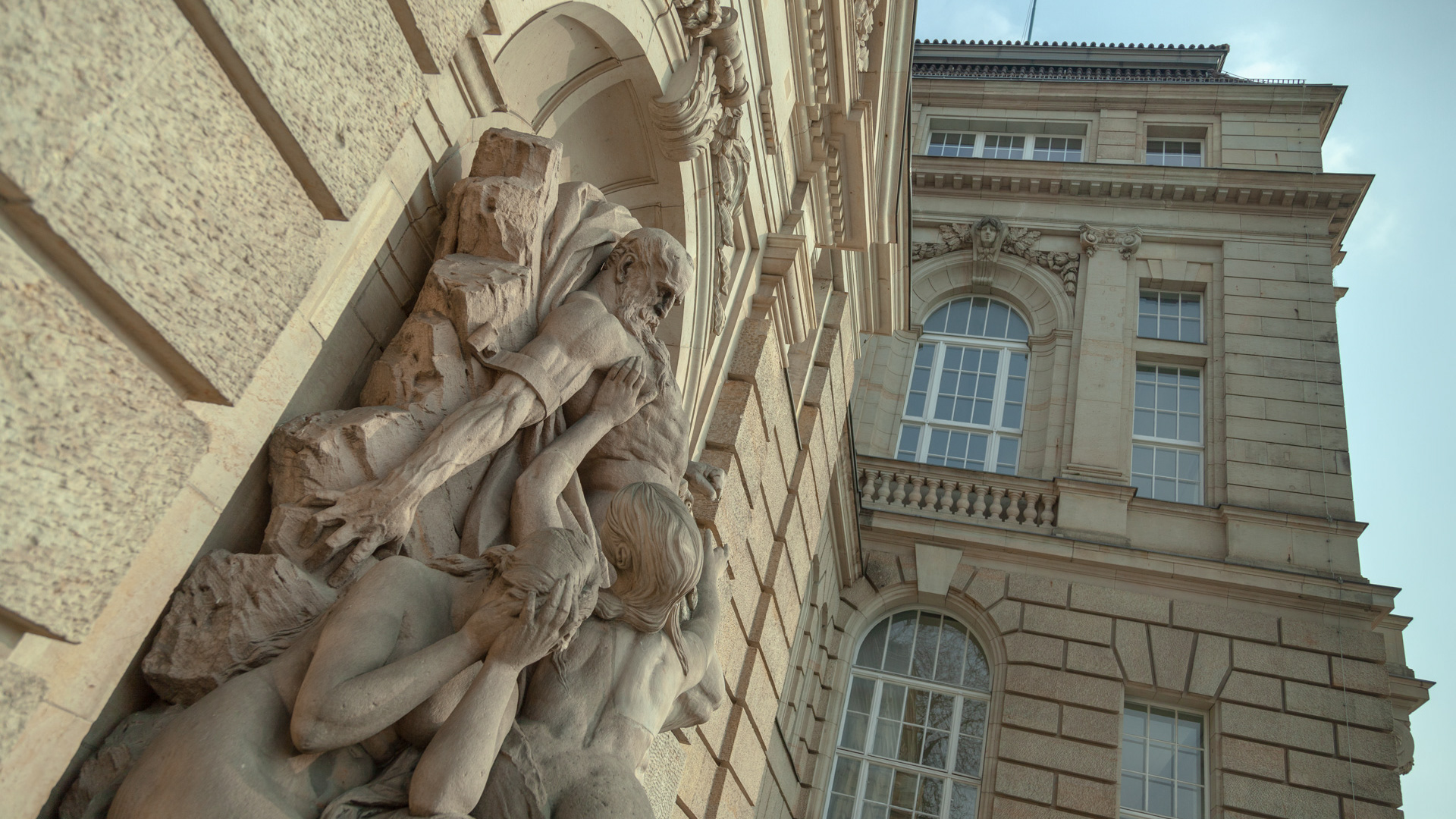The relationships between Russia and Germany have not to be considered just regarding the WWII and what happend after with the Soviet Union. The russian community in Berlin was really big already, also as a natural reaction to the "Russaki" (the Germans living in Russia). In the Russian Empire, ethnic Germans were strongly represented among royalty, aristocracy, large land owners, military officers and the upper echelons of the imperial service, the bourgeoisie in general and also Catherine the Great was one of them.
The fascinating aspect of Russian Berlin in Weimar is that Berlin for a very short period was the “capital of Russia outside Russia” and simultaneously an outpost of the Russian revolution, represented by the Comintern, German communists and the Soviet representatives in Germany. In Berlin both factions of the Russian Civil war could meet — and they did. Both factions had their impact on cultural and intellectual life. Both factions did their best to fight for their aims. Weimar Berlin was a transitional period, covering a bit more than a decade. But for few years Berlin was the home of 200,000 to 300,000 émigrés, and proletarian neighborhoods like Wedding and Moabit were called “Little Moscow”. (read the full article from Karl Schlögel here).
Starting from this small statements, is not difficult to imagine the presence of different Russian Churches in Berlin. One very interesting one is the Konstantin-und-Helena-Kirche in Reinickendorf, blue painted.
Five little blue domes with golden crosses adorn this gem of Russian culture and Russian spirit. She is the oldest Orthodox church in Berlin.
In August of 1886, the priest Alexei Petrovich Maltsev from Petersburg traveled to Berlin and became the new head of this Church. The importance of this figure in the history of German-Russian relations is hard to overestimate. Alone at his estate, this can be read: several volumes of translated into German orders of service, the establishment of the Orthodox cemetery in Berlin and the construction of the Russian Orthodox Church in Germany, including the Church of St. Constantine and Elena.
On the consequences of the Second World War remind the graves of children of Russian forced laborers from the concentration camp. Red Army soldiers and generals of the Wrangel, who fell in the battle for Berlin in 1945 are, side by side.
The Russian church and the cemetery are Grade II listed. 1998 threatened the collapse of the dome, which could be thanks to the financial support of the Berlin Senate prevented.
The fascinating aspect of Russian Berlin in Weimar is that Berlin for a very short period was the “capital of Russia outside Russia” and simultaneously an outpost of the Russian revolution, represented by the Comintern, German communists and the Soviet representatives in Germany. In Berlin both factions of the Russian Civil war could meet — and they did. Both factions had their impact on cultural and intellectual life. Both factions did their best to fight for their aims. Weimar Berlin was a transitional period, covering a bit more than a decade. But for few years Berlin was the home of 200,000 to 300,000 émigrés, and proletarian neighborhoods like Wedding and Moabit were called “Little Moscow”. (read the full article from Karl Schlögel here).
Starting from this small statements, is not difficult to imagine the presence of different Russian Churches in Berlin. One very interesting one is the Konstantin-und-Helena-Kirche in Reinickendorf, blue painted.
Five little blue domes with golden crosses adorn this gem of Russian culture and Russian spirit. She is the oldest Orthodox church in Berlin.
In August of 1886, the priest Alexei Petrovich Maltsev from Petersburg traveled to Berlin and became the new head of this Church. The importance of this figure in the history of German-Russian relations is hard to overestimate. Alone at his estate, this can be read: several volumes of translated into German orders of service, the establishment of the Orthodox cemetery in Berlin and the construction of the Russian Orthodox Church in Germany, including the Church of St. Constantine and Elena.
On the consequences of the Second World War remind the graves of children of Russian forced laborers from the concentration camp. Red Army soldiers and generals of the Wrangel, who fell in the battle for Berlin in 1945 are, side by side.
The Russian church and the cemetery are Grade II listed. 1998 threatened the collapse of the dome, which could be thanks to the financial support of the Berlin Senate prevented.
